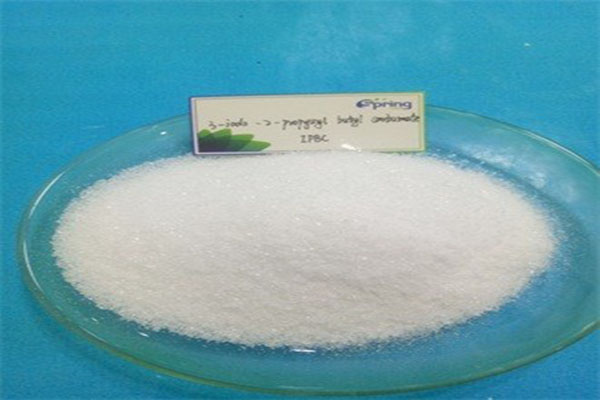Below is a brief introduction about the action mechanisms, types as well as the evaluation indexed of various preservatives

1.The overall mode of action of preservatives
Preservative are majorly chemical agents that help to kill or inhibit the activities of microorganisms in cosmetics as well as maintain the overall quality of cosmetics over a long period of time.
However, it should be noted that preservatives are not bactericide 鈥 they have no strong bactericidal effect, and they only function when used in sufficient quantity or when they have a direct contact with microorganisms.
Preservatives inhibit microbial growth be blocking the synthesis of important metabolic enzymes as well as inhibiting the synthesis of proteins in vital cell components or the synthesis of nucleic acid.
2.Factors affecting the Activities of Preservatives
Many factors contribute to the effect of preservatives. They include;
a.The Effect of pH
A change in pH contributes to the disintegration of organic acid preservatives, and so affects the overall efficacy of preservatives. Take for instance, at pH 4 and pH 6, 2-bromo-2-nitro-1,3-propanediol is very stable
b.Effects of gel and solid particles
Koalin, magnesium silicate, aluminum etc, are some powder particles that are present in some cosmetics, which usually absorb preservative and so leading to a loss of activity by the preservative. However, some are also effective in absorbing bacteria that are present in the preservative. Also, the combination of water-soluble polymer gel and preservative contributes to the reduction in the concentration of residual preservative in cosmetics formulation, and this also reduced the effect of the preservative.
c.Solubilization effect of nonionic surfactants
The solubilization of various surfactants such as nonionic surfactants in preservatives also affects the overall activity of preservatives. However, oil-soluble nonionic surfactants such as HLB=3-6 are known to have a higher deactivation potential on preservatives compared to water soluble nonionic surfactants with a higher HLB value.
d.Effect of preservative deterioration
There are other factors such as heating, light etc., that are responsible for causing the deterioration of preservatives, thereby causing a reduction in their antiseptic effect. More so, some of these effects leads to a biochemical reaction as a result of radiation sterilization and disinfection.
e.Other functions
Similarly, other factors such as the presence of flavors and chelating agents and the distribution of preservatives in oil-water two-phase will also contribute to the reduction in the activity of preservatives to some extent.
3.The antiseptic properties of preservatives
The antiseptic properties of preservatives are worth considering. Having excess preservatives in cosmetics will definitely make it irritating, while a shortage in concentration will affect the antiseptic properties of preservatives. The best method to evaluate this is using the biological challenge test which involves the minimum inhibitory concentration (MIC) and the inhibition zone test
Bacteriostatic circle test: This test is used to determine those bacteria and mould with the ability to grow very fast after cultivation on a suitable medium. In a situation where a filter paper disc impregnated with preservative is dropped at the middle of the culture medium plate, there will be a bacteriostatic circle formed around due to the penetration of the preservative. When measuring the diameter of the bacteriostatic circle, it can used as a yardstick to determine the effective of the preservative.
With this, it can be said that the bacteriostatic circle using the paper method with a diameter >=1.0mm is very effective. MIC is referred to as the least concentration of preservative that can be added into a medium to inhibit microbial growth. In such situation, a smaller MIC, the stronger the antimicrobial properties of the preservative.
The strength or effect of antimicrobial activity is usually express in the form of the minimum inhibitory concentration (MIC). By so doing, a stronger antimicrobial activity is determined by a smaller value of the MIC. Although the MIC cannot be used to differentiate between bactericidal and bacteriostatic activity, surfactants are generally known to have a bacteriostatic effect at a low concentration and sterilization effect at a high concentration.
As a matter of fact, at different times, these two activities occur at the same time, and this makes them difficult to be differentiated. For this reason, they are usually given a collective name as antimicrobial disinfection or simply disinfection.
Post time: Jun-10-2021

